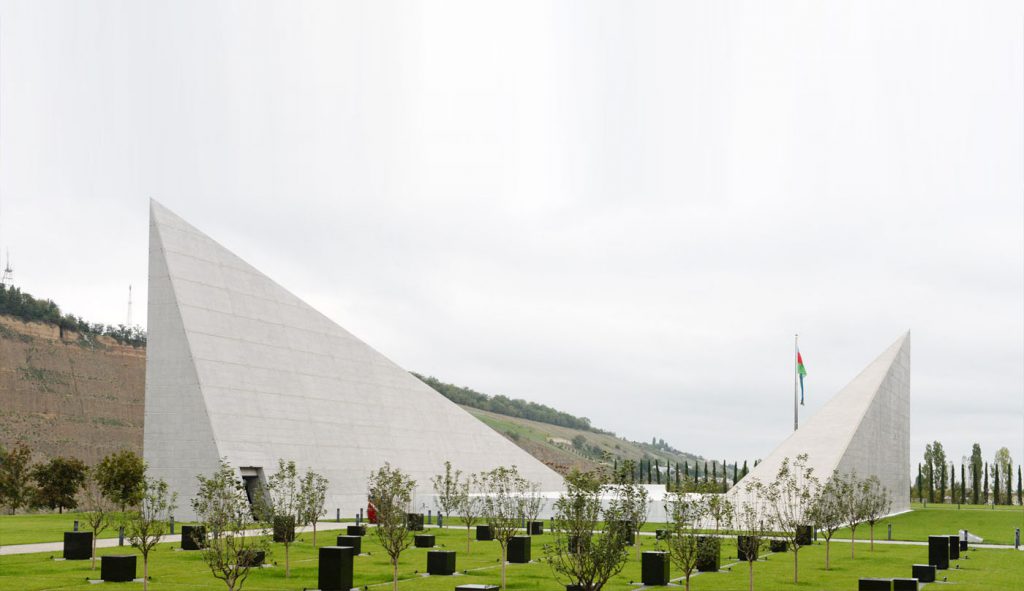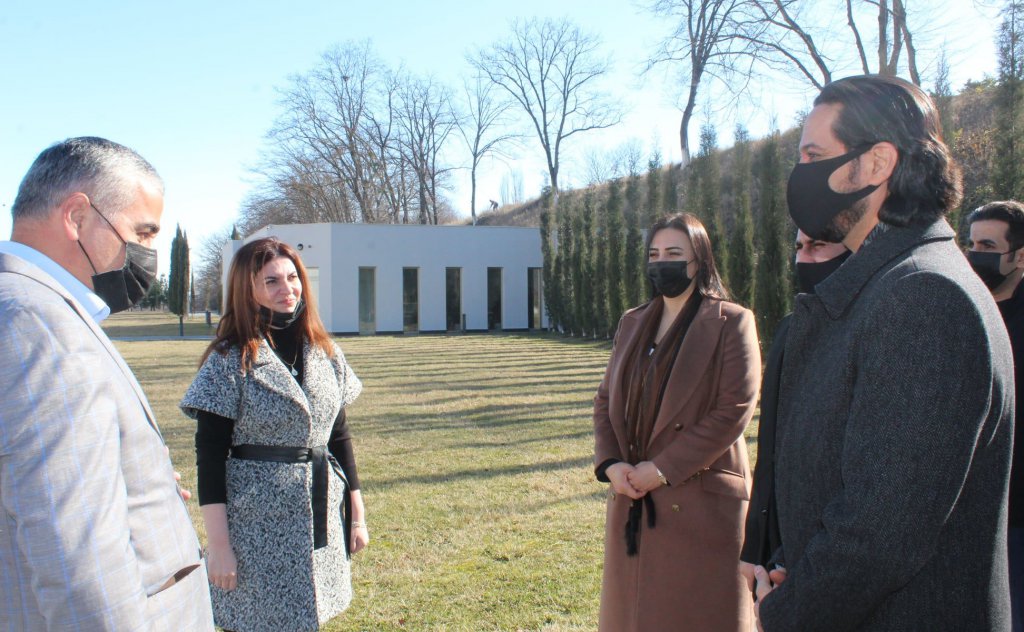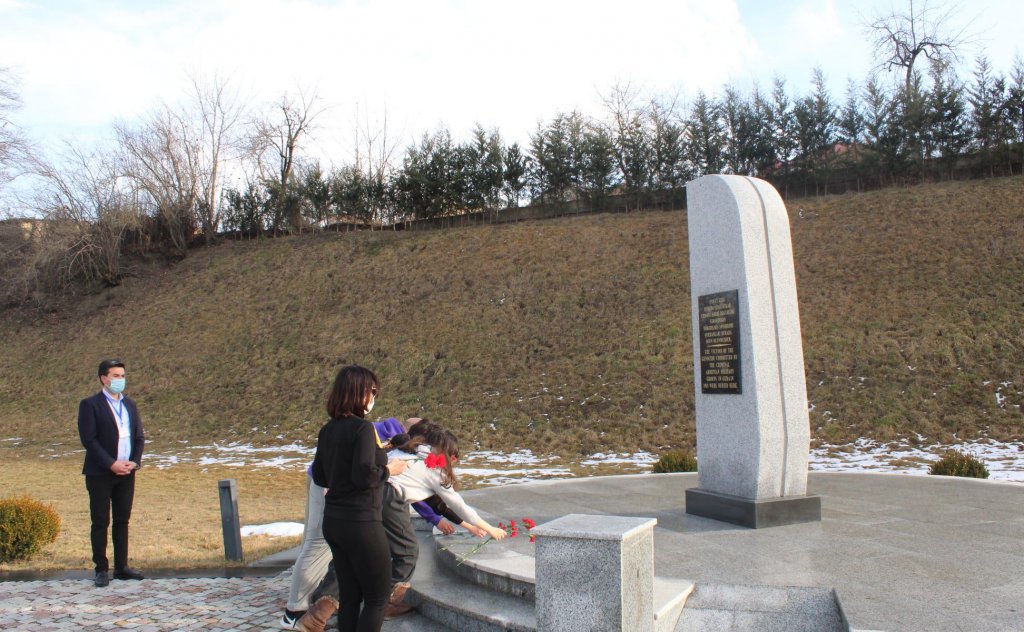
Decree of the President of the Republic of Azerbaijan on the appointment of A.M. Jafarli as the head of the State Service for the Protection, Development and Restoration of Cultural Heritage under the Ministry of Culture of the Republic of Azerbaijan

To the attention of visitors:
According to the relevant order of the Ministry of Culture of the Republic of Azerbaijan, each Monday until April 1, 2021, a non-working day for reserves, including in the Genocide Memorial Complex for disinfection.
We remind you that the Complex receives visitors 6 days a week from 10:00 to 17:00, and the services provided are free.
Rakhshanda Bayramova/Director of the Genocide Memorial Complex in Guba
Ambassador Extraordinary and Plenipotentiary of the Kingdom of Saudi Arabia to Azerbaijan Hamad bin Abdullah bin Khudeyri made an official visit to Guba region on February 12













Ambassador Extraordinary and Plenipotentiary of the Kingdom of Saudi Arabia to Azerbaijan Hamad bin Abdullah bin Khudeyri made an official visit to Guba region on February 12. During the visit, the Ambassador visited the Genocide Memorial Complex in Guba. The ambassador was informed in detail about the genocide committed by Armenian vandals in Azerbaijan in 1918, including Guba. He said that he was horrified by what he saw in the museum. Ambassador Hamad bin Abdullah bin Khudeyri wrote his impressions in the museum’s memory book and condemned the inhumane actions of Armenian Dashnaks. At the end, the guest was presented with various booklets dedicated to the genocide by the director of the Complex Rakhshanda Bayramova, as well as a promotional booklet in Arabic.
En Today in history: Turkmenchay Peace Agreement - February 10, 1828
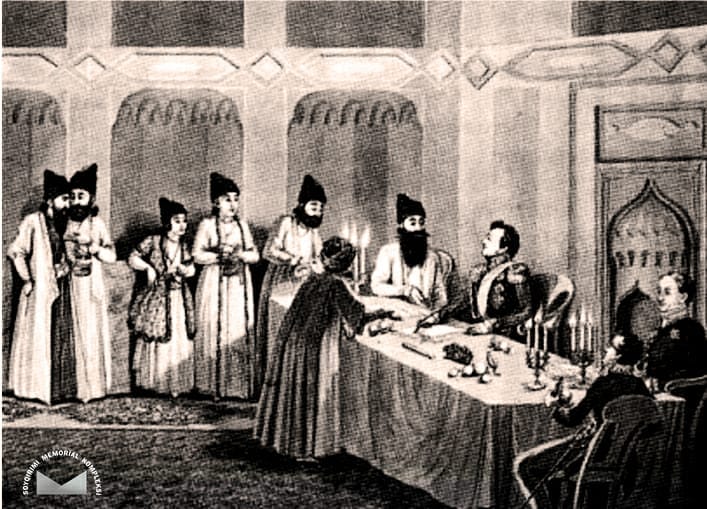
At the end of the 18th century, the Gajars, an Azerbaijani-Turkish dynasty (1796-1925), came to power in Iran and began a policy of re-subordinating all territories under Safavid rule, including the Azerbaijani khanates and sultanates, to the central government. Thus began a period of war between the Gajars and the Russian Empire, which was trying to occupy the South Caucasus, including Azerbaijan. As a result, an agreement was signed near the village of Turkmenchay. According to the Agreement of Turkmenchay (1828), the existence of independent Azerbaijani states – khanates and sultanates was terminated. The country was divided between two empires: northern Azerbaijan (Northern Azerbaijan) joined Russia, and southern (Southern Azerbaijan) joined the Iranian kingdom ruled by the Azerbaijani-Turkish origin Gajar dynasty. Wanting to move further east, Russia relied on the Christian population in the South Caucasus, pursuing a policy of forcible Christianization of the Muslim population and the mass relocation of the Christian population from Russia to the Caucasus. Armenians were relocated en masse from neighboring countries to the mountainous regions of occupied Karabakh in the name of the Christian population, as well as to the territory of the former Iravan and Nakhchivan khanates. Theere was established “Armenian province” in Western Azerbaijan – in the territory of the former Yerevan and Nakhchivan khanates. Thus, the foundation of the future Armenian state was laid in the territory of Azerbaijan. Thus, conditions were created for new territorial claims of Armenians against Azerbaijanis. The royal regime of Iran pursued a similar policy in the southern lands of Azerbaijan. Thus, with the Turkmenchay Agreement, the unified state of Azerbaijan was divided between the two empires and the foundation for future disasters was laid.
Provided within the framework of the project «Let’s study the monuments of Karabakh!"
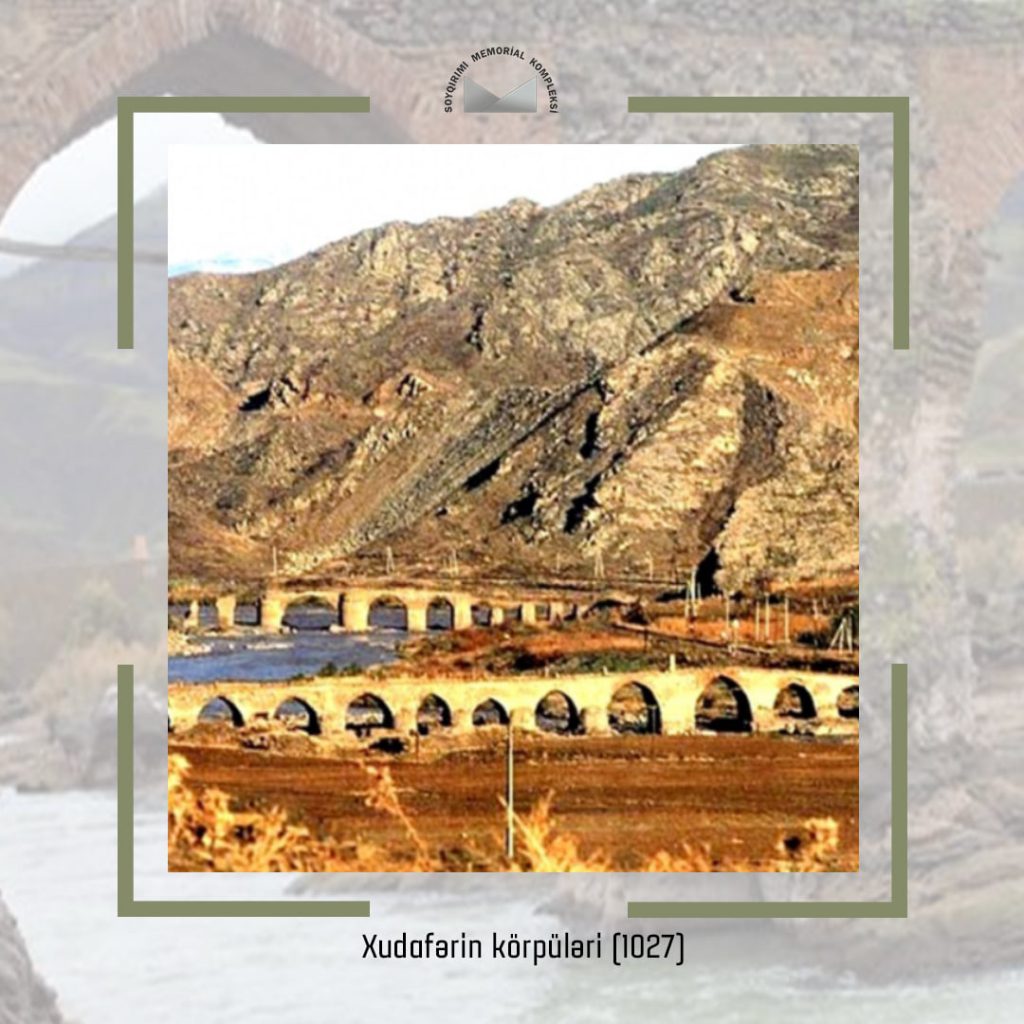
Today in history

On February 6, 1905, massacres of the Muslim population by the Armenian-Dashnak armed groups began in Baku. Clashes provoked by Tsarist Russia’s ruling circles to divert attention from the wave of revolutions in the country lasted until February 9, when Armenian armed groups killed more than a thousand Muslim Turks. A martial law was declared in Baku for some time, but the attacks of the Armenian armed forces against the Muslim population continued intermittently (until 1907).
Initial deportation of Azerbaijanis. (1801-1807)
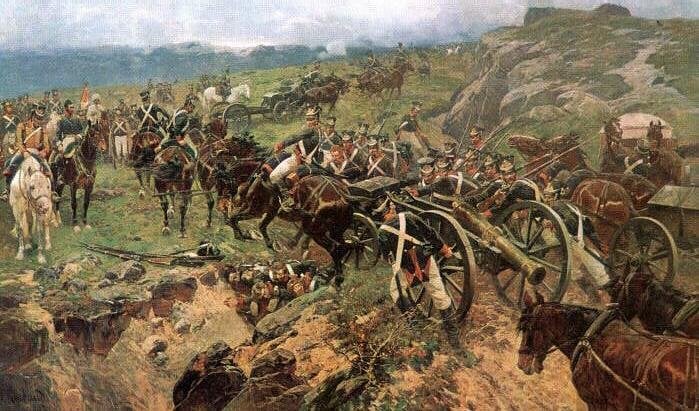
Due to the Youth Day, the guide of the Complex was awarded by a Certificate of Honor.

For active participation in the public life of the Republic of Azerbaijan and successful activities in the field of youth policy, an employee of the Guba Genocide Memorial Complex, Abutalib Turabov, was awarded by a Certificate of Honor from the “E MEDIA GROUP”.
"Genocide Memorial Complex" in Guba, which, in connection with the pandemic, COVID-19 worked online for some time, began receiving visitors on January 25




According to the relevant decision of the Operational Headquarters under the Cabinet of Ministers “Genocide Memorial Complex” in Guba, which, in connection with the pandemic, COVID-19 worked online for some time, began receiving visitors on January 25. From the first day of work, the specialists of the Complex informed visitors about the atrocities of Armenians. Visitors were presented with specially designed bags with information booklets and books
Dear visitors! We are glad to see you in our Complex.
The people who have their own history are invincible!
Today in history January 27 is the International Holocaust Remembrance Day.
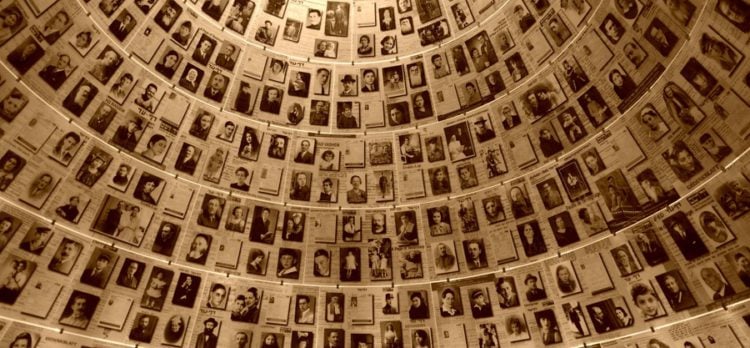
Every year, January 27 is celebrated as International Holocaust Remembrance Day. The Holocaust was a genocide of millions of European Jews during World War II (1939-1945) only because of their ethnicity . The massacre of Jews was organized by Adolf Hitler, the leader of the German Nazi Party. The German National Socialist Workers’ Party (ANSFP) has organised a number of uprisings since November 1938. The most violent uprising was the “Crystal Night” on November 9-10. Hundreds of years of synagogues, Jewish shops, homes, and other property were burned, 400 Jews killed, and others tortured. Over the next few days, 36,000 Jews were relocated to special camps. More than a million Jews were killed in the gas chambers of the Auschwitz concentration camp only in Nazi-occupied Poland . In all, 7 out of 10 Jews in Europe were killed in the tragedy. The events of the genocide are a universal crime and have turned against humanity. Various commemorative events are held in our country every year to commemorate the victims of the Holocaust.
Armenian ancestry and resettlement to the Caucasus in the works of Armenian authors (quotes)
 ● If there were not the famous “Turkmenchay Contract” of 1828, Griboedov and Abovyan, as well as Russian soldiers, there would not be hundreds of newly created Armenian centers, which have turned into modern villages and cities today.
● If there were not the famous “Turkmenchay Contract” of 1828, Griboedov and Abovyan, as well as Russian soldiers, there would not be hundreds of newly created Armenian centers, which have turned into modern villages and cities today.


